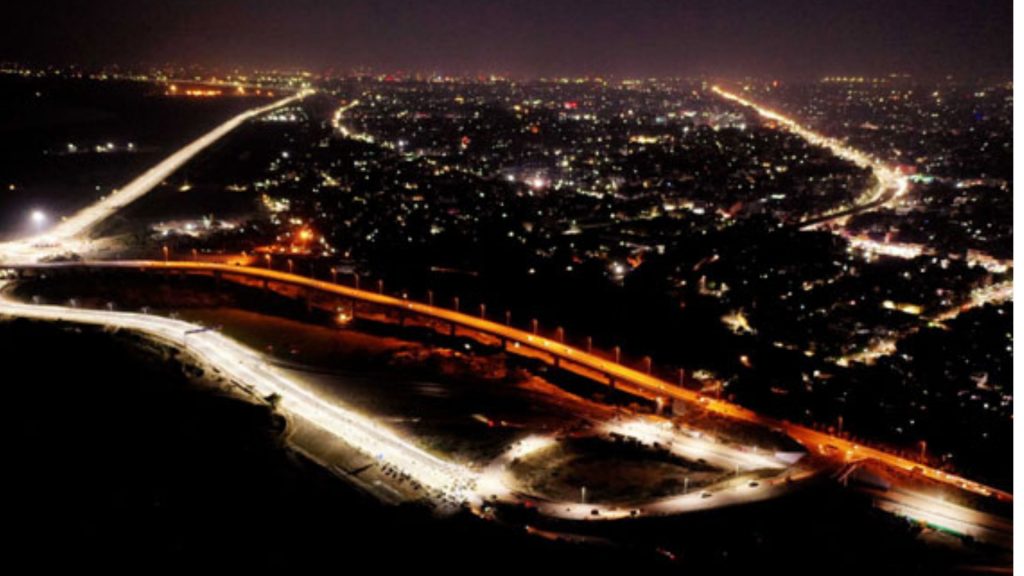Mahavir Mandir
The Mahavir Mandir, located in Patna, Bihar, is a prominent Hindu temple dedicated to Lord Hanuman. Here’s a brief overview of its history:
Foundation:
The Mahavir Mandir was founded by Swami Kalyan Dev Ji Maharaj in the early 1940s.
The foundation stone for the temple was laid on the auspicious day of Ram Navami in the year 1947.
Construction:
The temple construction was initiated by Swami Kalyan Dev Ji, and he devoted his life to the establishment of the temple.
The temple’s construction was carried out through donations and contributions from devotees.
Deity:
The primary deity of the Mahavir Mandir is Lord Hanuman, who is revered as a symbol of devotion, strength, and loyalty in Hinduism.
Significance:
The Mahavir Mandir is considered one of the holiest shrines in Patna and is a major pilgrimage site for devotees of Lord Hanuman.
Devotees believe that worshiping at the temple brings strength, courage, and protection from evil forces.
Renovation:
Over the years, the Mahavir Mandir underwent several renovations and expansions to accommodate the growing number of devotees.
The temple’s infrastructure has been modernized, and additional facilities have been added to enhance the devotees’ experience.
Religious Activities:
The temple hosts various religious activities, including daily aartis (ritual worship), bhajans, and special ceremonies on festivals dedicated to Lord Hanuman.
Dak Bungalow Crossing Blast:
In 2013, the Mahavir Mandir made headlines when a series of bomb blasts occurred near the temple at the Dak Bungalow Crossing during the morning prayers.
Despite the blasts, the temple and its devotees remained resilient, and the prayers continued.
Community Services:
In addition to its religious activities, the Mahavir Mandir is involved in various charitable and community services, such as running hospitals, schools, and providing assistance during disasters.
Annual Rath Yatra:
The Mahavir Mandir organizes an annual Rath Yatra (chariot procession) of Lord Hanuman, which attracts a large number of devotees.
The Mahavir Mandir stands as a symbol of faith and devotion, drawing devotees from various parts of India. It not only serves as a religious center but also actively contributes to the well-being of the community through its charitable initiatives.
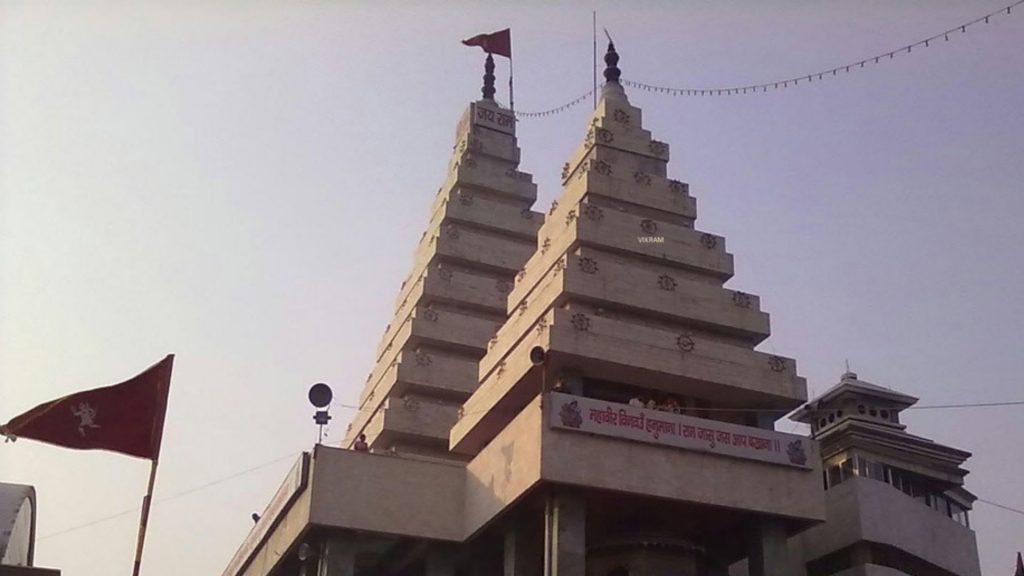
Takhat Sri Harimandir Ji – Patna Sahib Gurudwara
Takht Sri Patna Sahib, also known as Harmandir Sahib Patna, is one of the five Takhts or Holy Seats of Authority of Sikhism. Here is a brief history:
Foundation:
- Takht Sri Patna Sahib was built to commemorate the birthplace of Guru Gobind Singh Ji, the tenth Sikh Guru.
- Guru Gobind Singh was born in Patna on December 22, 1666, in a house that now forms part of the Takht complex.
Significance:
- The Takht holds immense historical and religious significance for Sikhs as it is associated with the life and teachings of Guru Gobind Singh.
Construction:
- The Gurdwara at Patna Sahib was initially constructed by Maharaja Ranjit Singh, the founder of the Sikh Empire, in the early 19th century.
- The Gurdwara has undergone subsequent renovations and expansions over the years.
Architecture:
- The architecture of Takht Sri Patna Sahib reflects a blend of Sikh and Mughal styles.
- The Gurdwara complex includes the main prayer hall, a central dome, and other structures.
Guru Gobind Singh’s Residence:
- The Takht includes the original house where Guru Gobind Singh Ji was born. This historical structure is preserved within the complex.
Festivals and Celebrations:
- The Gurdwara attracts a large number of devotees and visitors during celebrations like Guru Gobind Singh Ji’s birthday (Gurpurab) and other Sikh festivals.
Relics and Artifacts:
- The Gurdwara houses various relics and artifacts associated with Guru Gobind Singh, including weapons and personal belongings.
Sikh Pilgrimage Site:
- Takht Sri Patna Sahib is considered one of the holiest pilgrimage sites for Sikhs, and it is visited by devotees from around the world.
Preservation and Renovation:
- Over the years, efforts have been made to preserve and renovate the Gurdwara complex to maintain its historical and cultural significance.
International Recognition:
- Takht Sri Patna Sahib holds international importance within the Sikh community, and it is recognized as a key religious and cultural site.
The Takht not only serves as a place of worship but also stands as a symbol of the Sikh heritage and the life of Guru Gobind Singh Ji. It continues to be a center for spiritual reflection and community engagement for Sikhs globally.
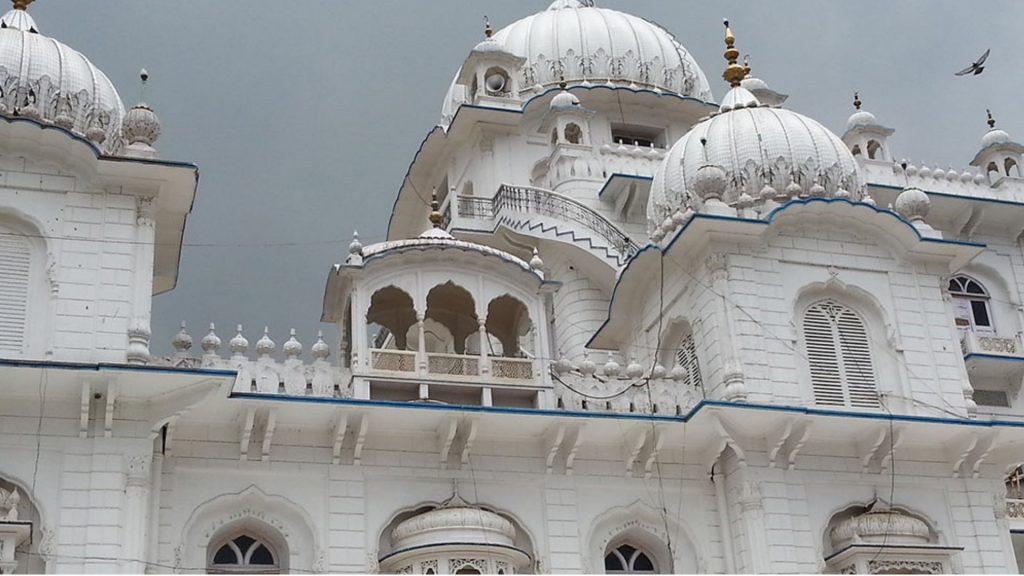
Nalanda Mahavihara
Nalanda Mahavihara, located in Bihar, India, was a renowned ancient center of learning and one of the earliest residential universities. Here’s a brief overview of its history:
Foundation:
- Nalanda Mahavihara was founded during the Gupta dynasty in the 5th century AD, around the 427-432 AD period.
- It was established by Kumaragupta I, but its fame reached its zenith during the reign of Emperor Harsha.
Location:
- Nalanda is situated near the town of Bihar Sharif in the modern-day Nalanda district of Bihar, India.
Significance:
- Nalanda Mahavihara became an unparalleled center for learning, attracting scholars and students from across the Indian subcontinent and beyond.
- It played a crucial role in the development and preservation of Buddhist knowledge, philosophy, and literature.
Architecture:
- The university complex was a vast and organized institution, with multiple temples, classrooms, meditation halls, and living quarters for monks and students.
- The architecture was a blend of Gupta and post-Gupta styles, reflecting the rich cultural and artistic heritage of the time.
Library:
- Nalanda was home to one of the most extensive libraries of the ancient world.
- The library, known as Dharma Gunj (Mountain of Truth), housed a vast collection of manuscripts on various subjects, including philosophy, astronomy, medicine, and literature.
Curriculum:
- The curriculum at Nalanda Mahavihara covered a wide range of subjects, including Buddhist studies, Vedas, logic, grammar, medicine, astronomy, and more.
- The emphasis was on a holistic education that integrated spiritual and intellectual growth.
Decline:
- The decline of Nalanda Mahavihara is often attributed to invasions, particularly the invasion by the Turkic invader Bakhtiyar Khilji in the 12th century.
- The invasion led to the destruction of the complex, including the library, and the decline of Nalanda as a major center of learning.
Rediscovery:
- Nalanda Mahavihara remained in ruins for many centuries until its archaeological importance was recognized during the British colonial period.
- Excavations and restoration work began in the late 19th and early 20th centuries.
Modern Revival:
- In recent years, efforts have been made to revive the spirit of Nalanda as an international center of learning.
- The Nalanda University, a modern institution, has been established near the historical site to continue the legacy of education and scholarship.
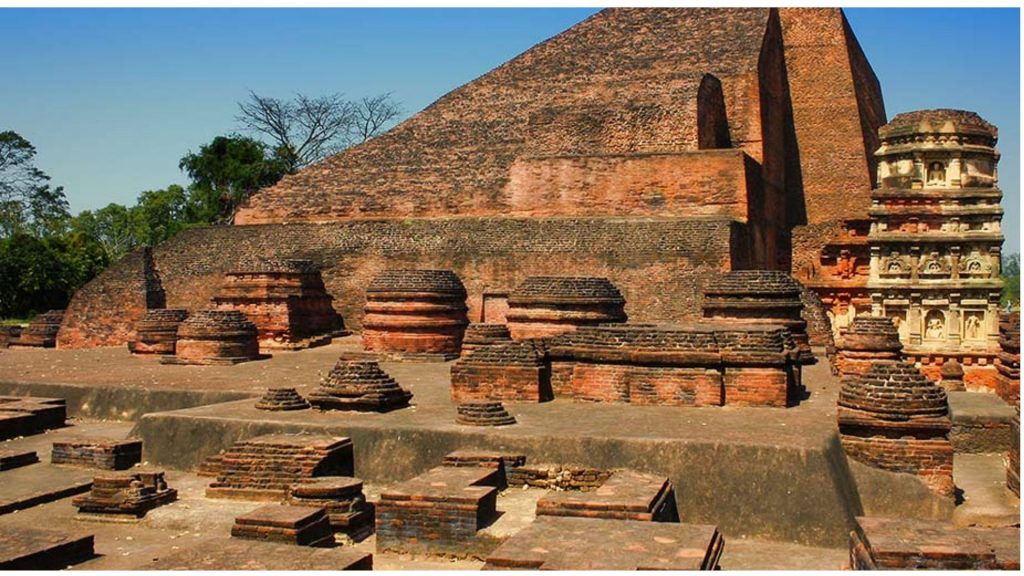
History of Golghar in Patna
Golghar is a significant architectural landmark that reflects the historical efforts to address the challenges of food scarcity in the region during the colonial era.
Golghar, a testament to architectural brilliance and historical resilience, stands proudly in the heart of Patna, bearing witness to the city’s journey through time. This colossal structure is not merely a grain storage facility; it is a symbol of Patna’s identity, reflecting the confluence of history, culture, and community spirit.
Definition of Golghar
Golghar, a Hindi term translating to “round house,” is an iconic landmark in Patna, Bihar. Constructed during the British colonial era, Golghar has transcended its initial purpose as a grain storage facility to become a symbol of the city’s rich heritage.
Importance of Historical Landmarks
Historical landmarks like Golghar play a pivotal role in preserving and narrating the stories of a city. They connect the present generation with the past, offering a tangible link to the cultural and architectural evolution of a region.
II. Construction of Golghar
Architectural Marvel
The construction of Golghar is an architectural marvel that stands as a testament to the craftsmanship of the time. The structure, designed by Captain John Garstin, boasts a unique blend of European and indigenous architectural styles.
Historical Context
Constructed in 1786, Golghar was a response to the recurring famines that plagued the region. Its purpose was to serve as a granary capable of storing surplus grain to mitigate the impact of food shortages.
III. Purpose Behind Golghar
Grain Storage Facility
Golghar’s primary function was to store grain during times of plenty to safeguard against shortages during times of famine. The massive structure could hold up to 140,000 tons of grain, addressing the practical needs of the region.
Famine Relief Measures
The construction of Golghar was a proactive measure by the British East India Company to address the cyclical famines that often devastated the region. It was a strategic move to ensure food security for the local population.
IV. Golghar’s Impact on Patna’s Landscape
Panoramic Views
One of the unique features of Golghar is its panoramic views of the surrounding landscape. Visitors can climb to the top and behold breathtaking vistas of the Ganges River and the city, making it a popular spot for locals and tourists alike.
Symbol of Resilience
Golghar not only served a practical purpose but also became a symbol of resilience for the people of Patna. Its sturdy construction and enduring presence reflect the city’s ability to withstand challenges.
V. Historical Significance
British Colonial Influence
Golghar’s construction is a relic of the British colonial era, representing the economic and administrative strategies employed by the British East India Company in the region. Its design and purpose reflect the priorities of the time.
Contributions to the Local Economy
Beyond its role in famine relief, Golghar contributed significantly to the local economy. The surplus grain stored played a vital role in trade, supporting the economic activities of the region.
VI. Restoration and Preservation Efforts
Cultural Heritage Conservation
Recognizing Golghar’s historical and cultural significance, conservation efforts have been initiated to preserve this architectural gem. Restoration projects aim to maintain the structure’s integrity while ensuring its accessibility to future generations.
Public Awareness Initiatives
Educating the public about Golghar’s historical importance is crucial for its preservation. Various initiatives, including guided tours, educational programs, and exhibitions, aim to raise awareness and foster a sense of pride among the local community.
VII. Golghar as a Tourist Attraction
Visitor Experience
Golghar’s unique design and historical significance make it a popular tourist attraction. Visitors can explore its chambers, climb to the top for panoramic views, and immerse themselves in the rich history encapsulated within its walls.
Educational Opportunities
Golghar serves as an educational resource, offering insights into the region’s history, architecture, and the socio-economic conditions prevailing during its construction. Educational programs cater to students and enthusiasts alike.
VIII. Golghar in Modern Patna
Integration with Urban Development
As Patna undergoes urban development, Golghar remains integrated into the cityscape. Efforts are made to ensure that the historical landmark coexists harmoniously with modern infrastructure.
Commemorative Events and Celebrations
Golghar is not just a relic of the past; it actively participates in the present. Commemorative events and celebrations held at Golghar bring the community together, fostering a sense of belonging and shared history.
IX. Challenges Faced by Golghar
Structural Issues
Despite its sturdy construction, Golghar faces challenges associated with aging and weathering. Ongoing maintenance is essential to address structural issues and ensure the long-term preservation of this heritage site.
Maintenance and Funding
Sustaining Golghar requires financial resources for maintenance, restoration, and public outreach. Public-private partnerships and community involvement are crucial for securing the necessary funds.
X. Golghar’s Role in Local Identity
Civic Pride
Golghar holds a special place in the hearts of the people of Patna. It is not merely a historical structure but a source of civic pride, representing the resilience and heritage of the local community.
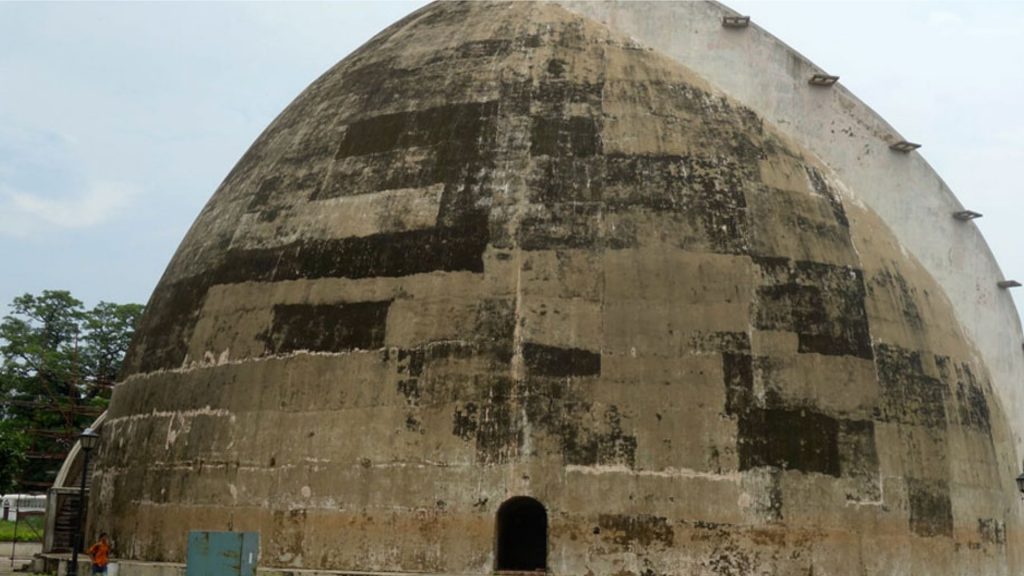
Marine Drive in Patna
Marine Drive in Patna, India, is not just a physical location; it’s a story woven into the fabric of the city’s life. Here’s a narrative of the Marine Drive story:
Setting the Stage:
Marine Drive sits gracefully on the banks of the Ganges, a river revered by millions. As the sun rises and sets, it paints a mesmerizing tale on the canvas of the sky, and the river becomes a witness to the ebb and flow of time.
Morning Strolls and Jogging:
In the early hours, Marine Drive awakens with the footsteps of morning joggers and walkers. The river breeze carries a freshness that sets the tone for the day. As the city starts its hustle, this stretch along the Ganges becomes a silent retreat for those seeking a serene start.
River Tales:
The Ganges is not just a river here; it’s a storyteller. It whispers ancient tales of spirituality, of pilgrims bathing in its holy waters, and of a city that has stood witness to centuries of history.
Boat Rides and Reflections
As the day progresses, the river welcomes boats that carry the curious and the contemplative. Each ripple on the water reflects the changing narrative of the city. The boats become vessels carrying dreams, aspirations, and the collective consciousness of the people.
Sunset Serenades
As the sun begins its descent, Marine Drive becomes a front-row seat to a celestial performance. The orange hues of the sunset paint the riverbanks in warm tones, creating a spectacle that’s both calming and awe-inspiring.
Evening Strolls and Laughter
As the city lights start to twinkle, Marine Drive transforms. Families take evening strolls, friends share laughter, and couples find moments of quiet romance. The river becomes a silent confidante, witnessing shared secrets and whispered promises.
Cultural Soirees
On special occasions, Marine Drive dons a festive avatar. It becomes a stage for cultural events, where music, dance, and art come together to celebrate the spirit of Patna.
Nighttime Illumination
When the night descends, Marine Drive doesn’t fade into darkness. It comes alive with the glow of lights. The reflections on the Ganges mirror the shimmering dreams of a city that never sleeps.
The Eternal River, the Timeless Drive
Marine Drive is more than just a physical space; it’s a narrative etched into the collective memory of Patna. It’s where the past whispers to the present, and where the river’s timeless flow carries the hopes and stories of generations.
In every footstep along Marine Drive, there’s a chapter of Patna’s story waiting to be discovered, retold, and embraced by those who walk its shores.
